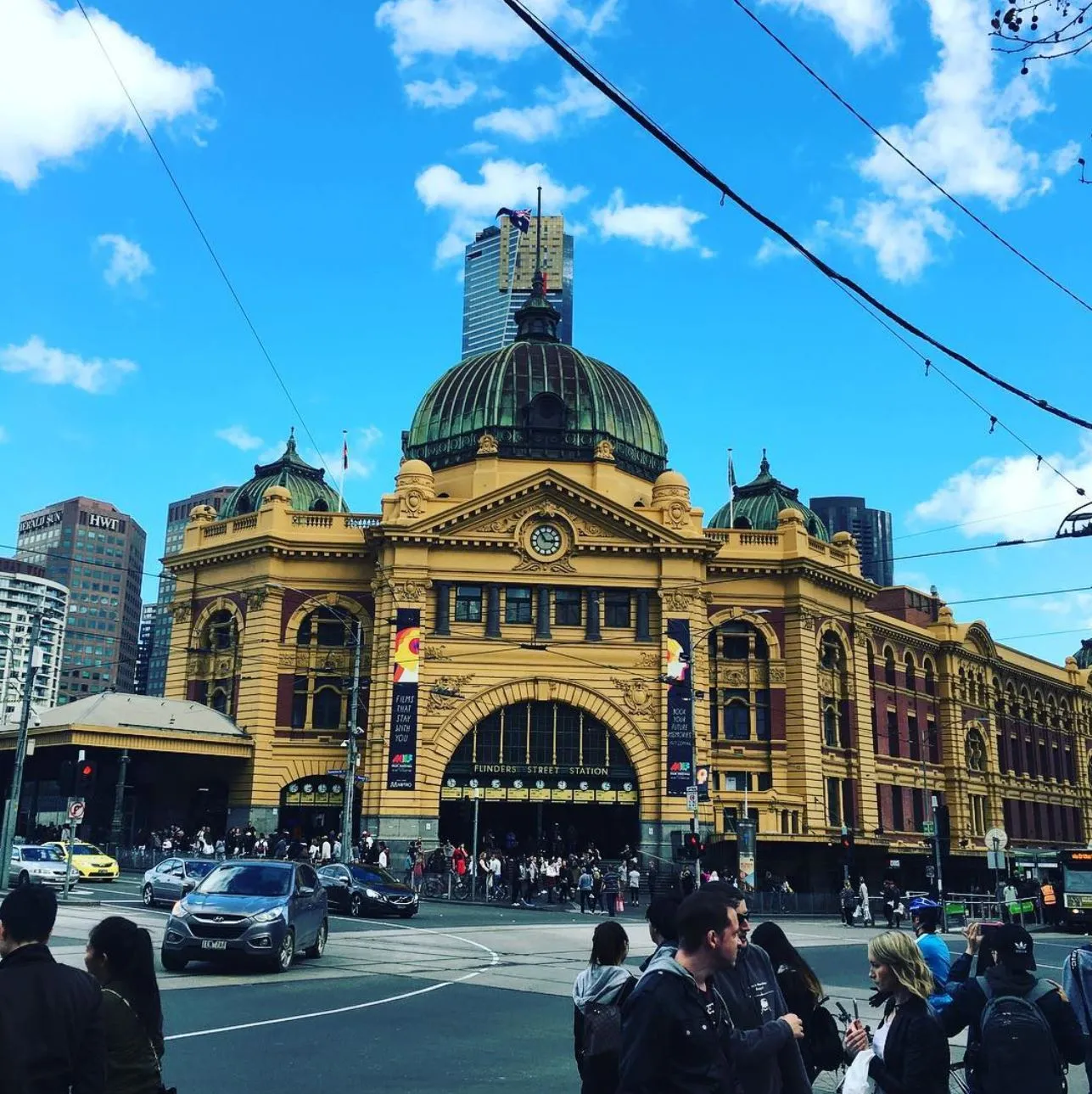Melbourne is a gorgeous city with a rich history, amazing architecture and cultural significance. Walking in Melbourne is a mix of old and new, from icons to hidden laneways. With many Melbourne tours to choose from, including guided walks that go into the city’s history, you can bring Melbourne’s past to life. A historical walking tour is a way for locals and visitors alike to see this city. Whether it’s the old buildings or the modern street art, Melbourne never fails to impress.
Melbourne’s Historical Significance
Melbourne is often called “Marvellous Melbourne” and its culture and heritage is rooted in its gold rush era when it was one of the richest cities in the world. As Australia’s fastest-growing city in the 19th century, Melbourne was the social and economic hub, attracting people from all over the world. Today, its intricate architecture and notable buildings tell a story of wealth and cultural growth, and it’s a liveable city with a multicultural fabric.
The GOLD-RICH Melbourne Era

Melbourne’s history is woven into the discovery of gold in the 1850s. This is when the city changed from a small settlement to a booming city, often called GOLD-RICH Melbourne. As wealthy miners and settlers arrived in search of gold, Melbourne became the social hub, artistic centre and commercial heart. Its iconic buildings, like Flinders Street Station, reflect the wealth and ambition of the time, with architectural wonders and grand architecture. The Aboriginal story is also part of Melbourne’s evolution, with landmarks like the Aboriginal Cultural Centre and Koorie Heritage Trust acknowledging the city’s deep Indigenous history.
A Walk Through Time: Key Historical Areas in Melbourne
Melbourne’s history is best seen on foot, so you can discover its hidden gems and preserved historical sites. Below are the key historical areas and landmarks you’ll see on your walk.
Flinders Street Station
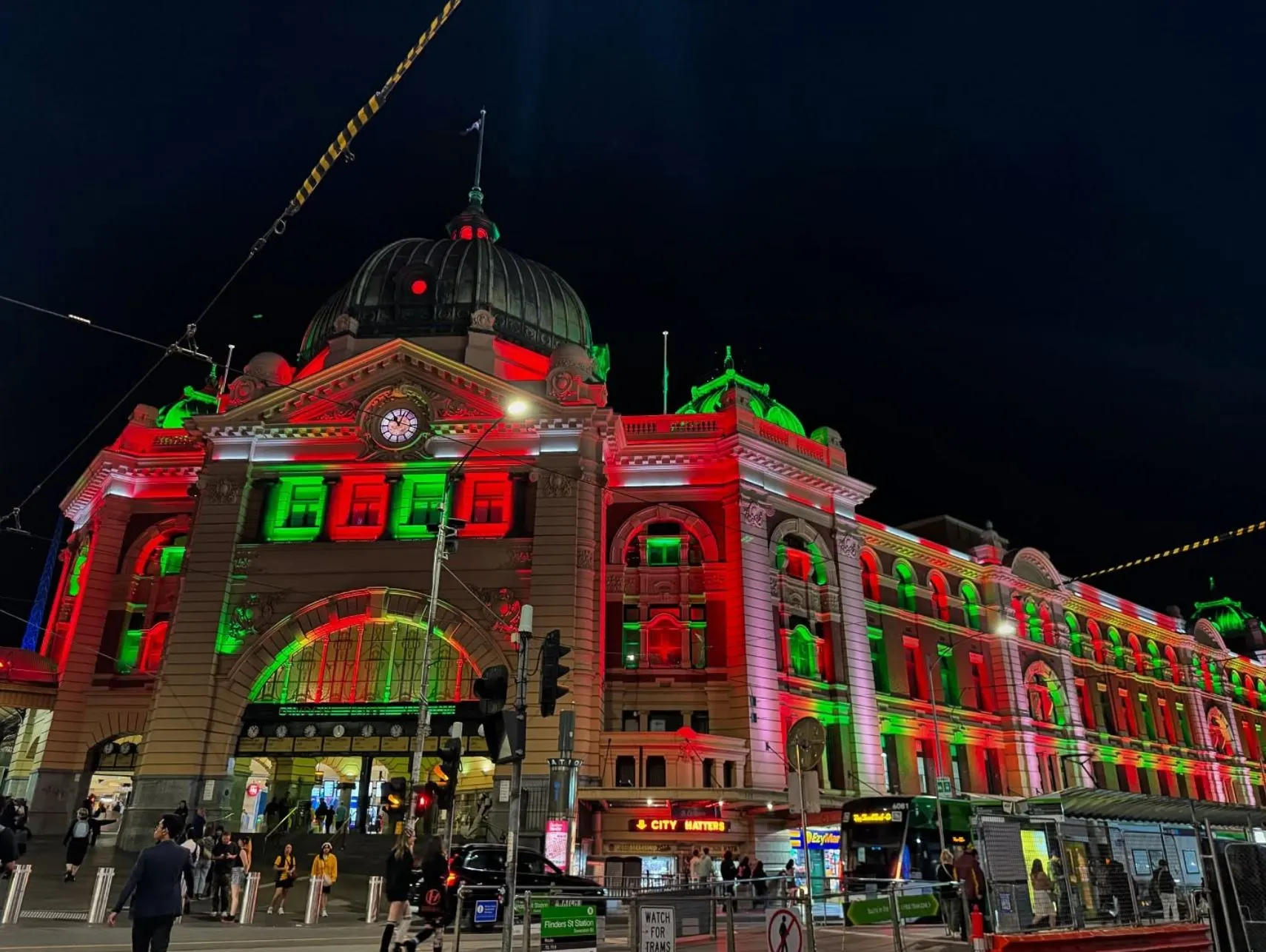
One of Melbourne’s most iconic landmarks, Flinders Street Station is a must see on any historical walking tour. Opened in 1910 it’s Australia’s oldest railway station and a heritage listed building. It’s a symbol of Melbourne’s golden age and the gateway to the city centre. Whether you’re commuting or admiring its architecture, Flinders Street Station is Melbourne’s history in the making.
Federation Square
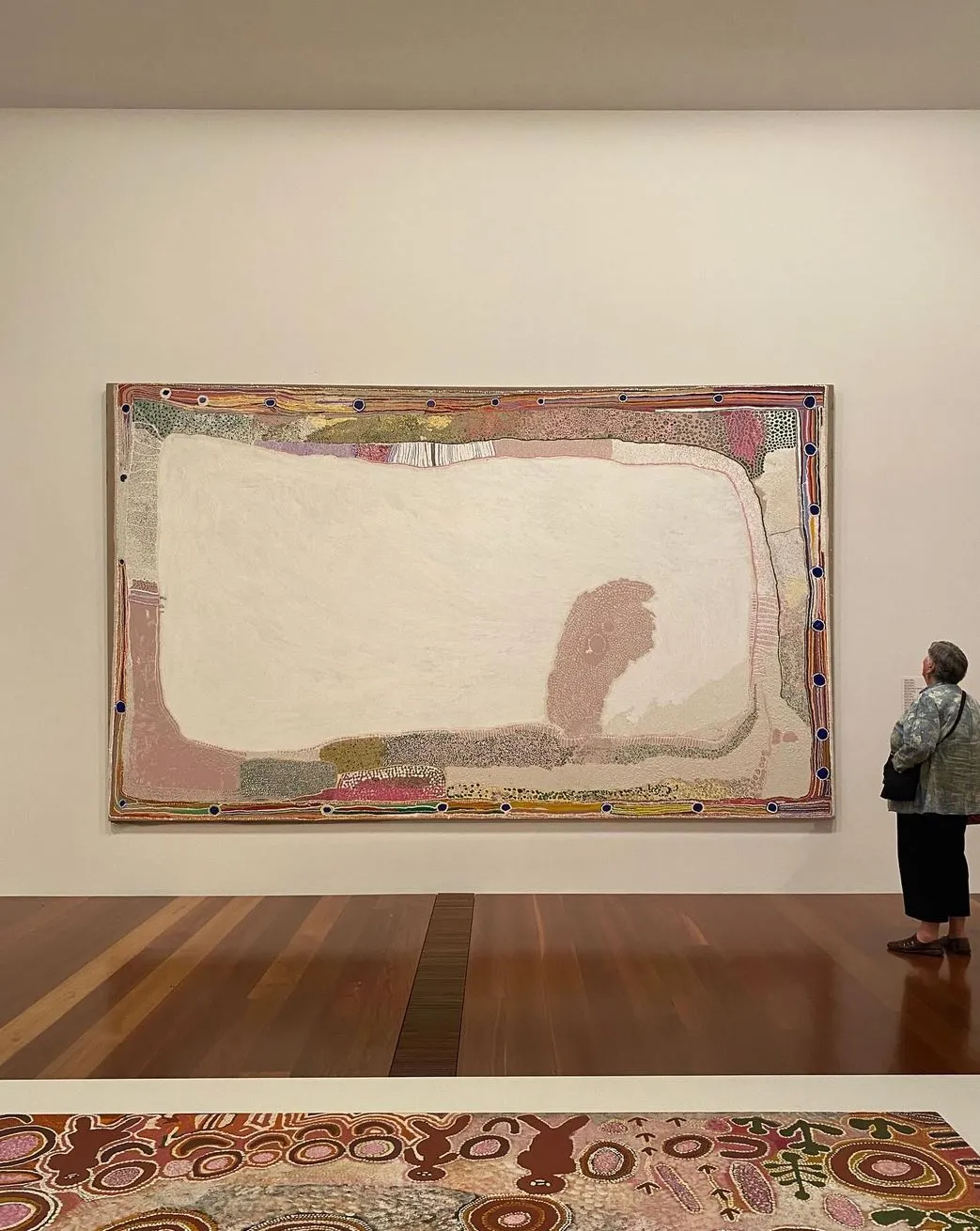
Across from Flinders Street Station is Federation Square, a cultural precinct on a very important site. While the square is the creative heart of Melbourne, the site itself is where the early settlers first gathered. It’s home to the Ian Potter Centre and NGV Australia, with a vast collection of Australian and Aboriginal art. Federation Square is a mix of old and new, just like Melbourne.
The Old Treasury Building
Melbourne’s Old Treasury Building is one of the city’s most beautiful buildings, built during the gold rush to store the gold. Its detail is a reflection of the city’s wealth and confidence. Now a museum, the building tells the story of Melbourne’s maritime history, early government and Chinese miners who helped shape the city. Going to the Potter Centre and NGV Australia is like taking a time machine back to Melbourne’s golden era.
Parliament House
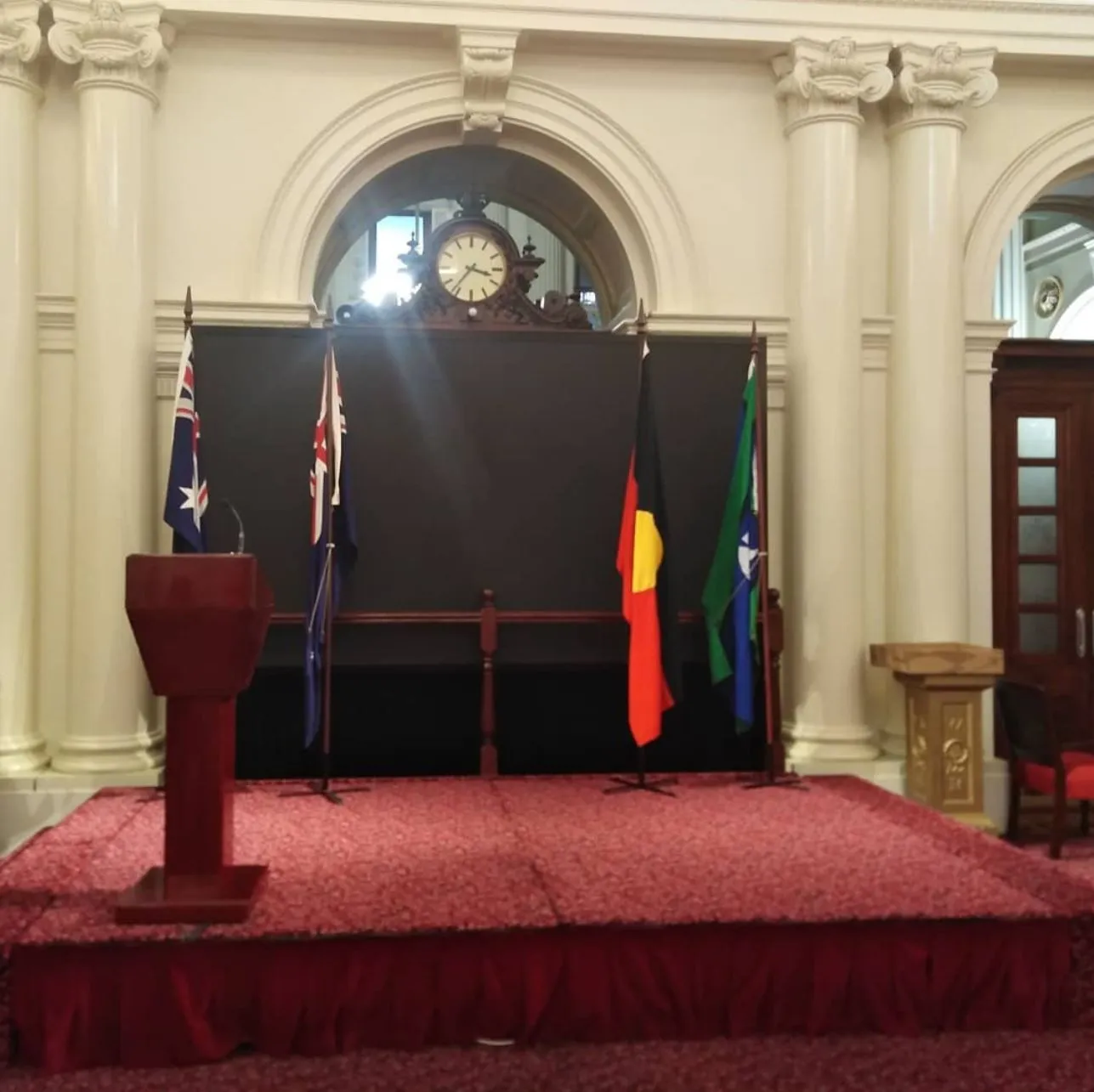
A symbol of Melbourne’s power for over 150 years, Parliament House was built in the mid-19th century when Melbourne was the capital of Victoria during the gold rush. Its grand architecture and interior make it one of Melbourne’s most famous buildings. Take a guided tour to explore the historic chambers and learn about its role in modern day Victoria.
Royal Exhibition Building and Carlton Gardens
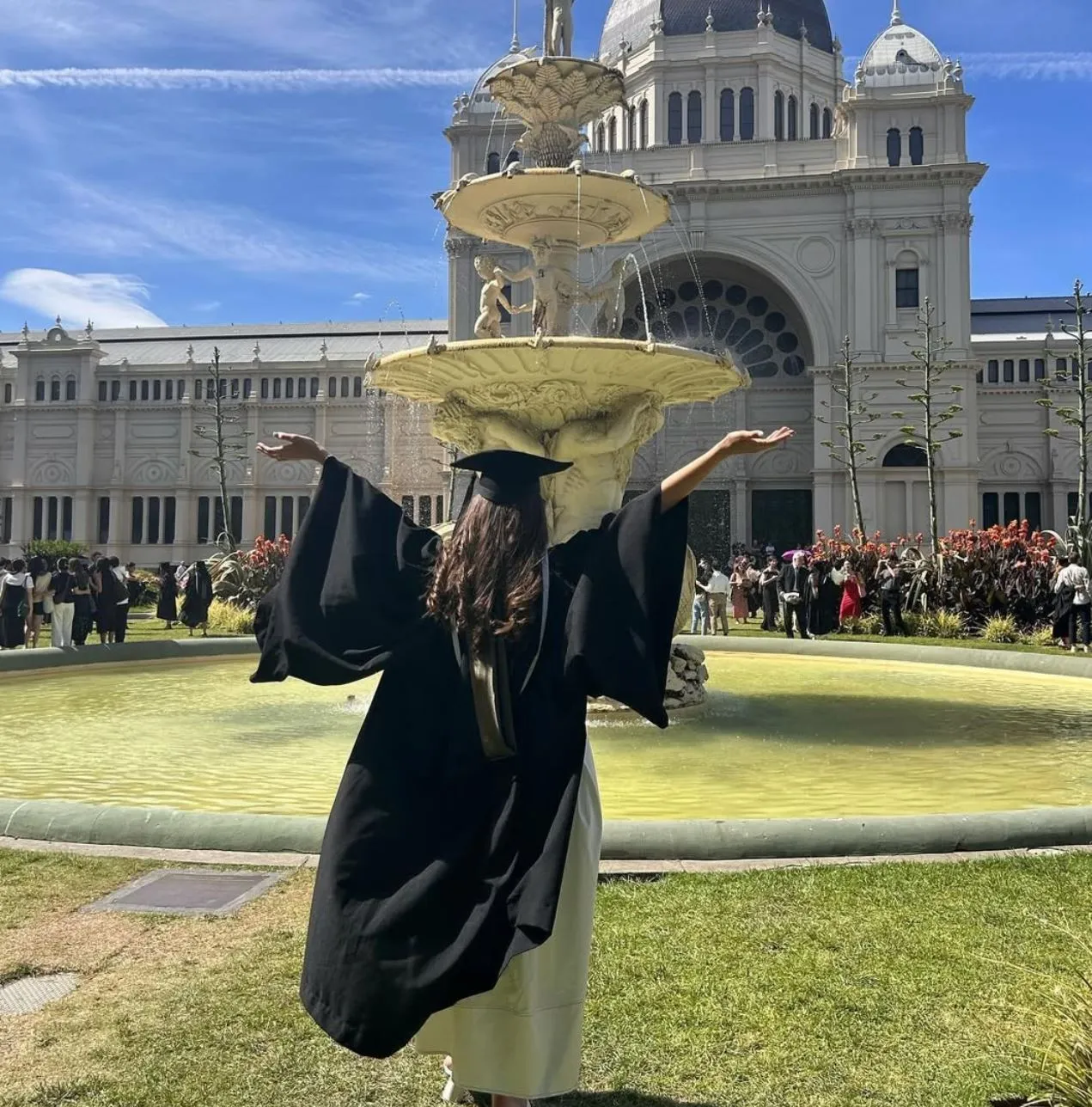
A UNESCO World Heritage Site, the Royal Exhibition Building is a reminder of Melbourne’s international reputation. Built in 1880 for the Melbourne International Exhibition, this beautiful building was the site of Australia’s first parliament in 1901. Next door to the building are the Carlton Gardens, a peaceful space to enjoy ancient trees and beautifully landscaped gardens, the perfect mix of Melbourne’s natural and historical heritage.
The Block Arcade
One of Melbourne’s best kept secrets, The Block Arcade is architectural magic. Opened in 1892 it has broad streets, intricate architecture and a lively atmosphere. Once the hub of Melbourne’s high society, today its quirky cafes and boutiques still attract visitors.
The Old Melbourne Gaol

For a look into Melbourne’s darker past, the Old Melbourne Gaol is a must-see. This historic prison was home to Ned Kelly and other infamous criminals. Guided tours give you the chance to go into the cells and hear the stories of the people who were once locked up here. It’s history come alive.
St. Patrick’s Cathedral
Melbourne’s biggest and most beautiful church, St. Patrick’s Cathedral, is a work of art. The Gothic Revival style reflects Melbourne’s history and the grandeur of the past. With its tall spires and grand architecture, it’s one of the city’s most beautiful buildings.
The Laneways of Melbourne
Melbourne’s laneways are the city’s most fascinating historical treasure. Originally service roads in the 19th century they have become vibrant cultural spaces filled with street art, galleries and quirky cafes. The iconic laneways give you a glimpse into Melbourne’s underground art and cafe scene, that’s why they’re a favourite of visitors looking for an off the beaten path experience.
Walking Tours That Dive Into Melbourne’s History
There are many Walking Tours that take you into Melbourne’s past and its iconic landmarks. From school tours to private tours visitors can choose from a range of options to suit their interests. Some tours follow the heritage trails while others focus on specific themes like the Golden Mile Heritage Walk which takes you through the first buildings of Melbourne’s CBD.
| Walking Tour | Duration | Key Highlights | Price |
|---|---|---|---|
| Melbourne Historical Walking Tour | 2 hours | Flinders Street Station, Federation Square, Parliament House | $40 per person |
| Gold Rush Era Tour | 3 hours | Old Treasury Building, Royal Exhibition Building, Carlton Gardens | $55 per person |
| Hidden Laneways Tour | 1.5 hours | Melbourne’s Laneways, The Block Arcade, Street Art | $30 per person |
| Haunted Melbourne Ghost Tour | 2 hours | Old Melbourne Gaol, Haunted Laneways, Historic Sites | $45 per person |
| Victorian Architecture Tour | 2.5 hours | St. Patrick’s Cathedral, Parliament House, The Block Arcade | $50 per person |
These tours are the best way to get to the heart of Melbourne’s culture and architecture. Whether you’re interested in Aboriginal experiences, the gold rush or the city’s maritime history there’s a tour for you.
Conclusion
Melbourne is best explored on foot to discover its history, culture and architecture. Whether you’re meandering through its laneways or admiring its icons, Melbourne’s past is always in its streets. With knowledgeable guides bringing the stories to life Melbourne’s historical tours are an engaging and unforgettable experience. As you walk through this multicultural city you’ll see why Melbourne is one of the world’s most livable cities.
FAQs
What are the best walking tours to see Melbourne’s history?
The best tours are the Melbourne Historical Walking Tour, the GOLD-RICH Melbourne Tour and the Laneways and Street Art Tour to get to the heart of the city’s history and culture.
Can I book private historical tours in Melbourne?
Yes private tours are available if you want a more personal and bespoke experience of Melbourne’s history.
Are Melbourne’s historical tours wheelchair accessible?
Many tours and landmarks are wheelchair accessible (Flinders Street Station and Federation Square for example) but please check with individual tour providers for specific details.
What should I wear on a historical tour of Melbourne?
Comfort is king so wear comfortable walking shoes as you’ll be walking Melbourne’s streets and broad streets for quite a while.
Can I see Melbourne’s history by myself?
Yes self guided historical walks are possible along the Golden Mile Heritage Walk and other heritage trails. But walking tours with a knowledgeable guide will give you more context and depth.

